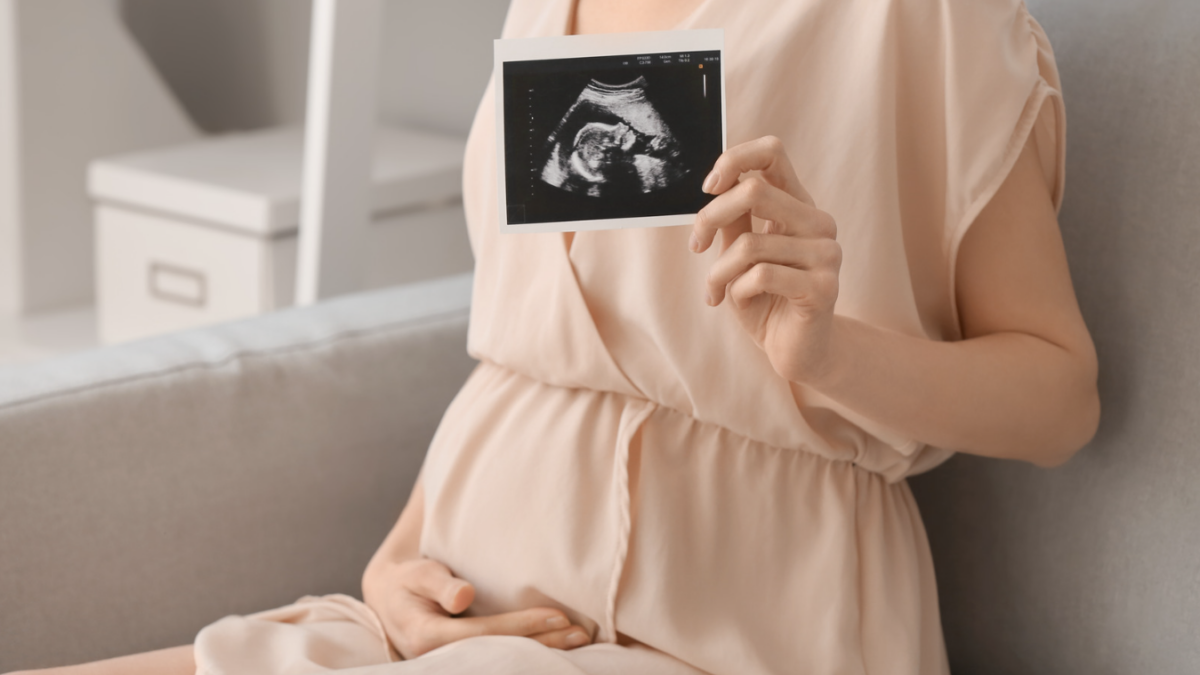
In a recent turn of events, Texas Attorney General Ken Paxton and lawyers representing abortion providers pushed for an early November trial in Whole Woman’s Health v. Paxton. The trial, set to begin on November 2 before federal district court Judge Lee Yeakel, will address the constitutionality of Senate Bill 8’s ban on live dismemberment abortions.
In the abortions Texas banned, a doctor uses medical equipment to dismember a live fetus, limb by limb, until the unborn baby dies and all of his body parts have been removed from his mother’s uterus. Paxton agreed not to enforce the abortion ban as the suit moves forward, consenting instead to an extension of the temporary restraining order Yeakel entered on August 31.
At trial, the court will consider the abortion providers’ claim that Texas Senate Bill 8 unconstitutionally bans dilation and evacuation abortions, also known as D&E. A D&E abortion entails a provider dilating a woman’s cervix to allow the doctor to insert surgical instruments inside. The doctor then grips the fetus with forceps and pulls it toward the cervix and the vagina, removing portions of the fetus, piece by piece, until the entire body has been removed.
As Justice Kennedy explained in one Supreme Court case: “The fetus, in many cases, dies just as a human adult or child would: It bleeds to death as it is torn limb from limb. . . . The fetus can be alive at the beginning of the dismemberment process and can survive for a time while its limbs are being torn off.”
Banning Human Dismemberment Is Unconstitutional?
According to the plaintiffs’ lawsuit, “D & E abortions are the safest and most common method of abortion used after approximately 15 weeks of pregnancy,” and by banning such procedures, Texas “imposes an undue burden on women seeking to terminate a pregnancy before viability,” in violation of their constitutional right to privacy.
But as Paxton explained to the district court in opposing the restraining order, the Texas law does not ban D&E abortions—“[t]he terms ‘dilation and evacuation’ or ‘D&E’ are not mentioned anywhere in its text, and S.B. 8 does not prevent doctors from performing a second-trimester abortion on any woman who seeks one.” Rather, the Texas statute merely requires the abortion doctor to assure “fetal demise” before the unborn baby is dismembered.
And by prohibiting “this brutal, gruesome, and inhumane procedure,” the state of Texas both “promotes respect for the dignity of the life of the unborn and protects the integrity of the medical profession.” Further, as Paxton explained in court documents, to comply with the federal partial-birth abortion ban, many abortion providers already cause “fetal demise” by administering digoxin into the umbilical cord or amniotic sac before dismembering the fetus.
It Is a Crime to Kill an Animal This Way
At trial, watch for Paxton to stress Texas’ interest in furthering these goals, building on the arguments he made in briefing before the district court. There, quoting the Supreme Court, Paxton stressed:
‘No one would dispute that, for many, D & E is a procedure itself laden with the power to devalue human life.’ Given this propensity, S.B. 8 prohibits dismemberment abortion because it involves the limb-by-limb destruction of a living unborn child, and our society has long recognized dismemberment of living beings as particularly cruel. For example, the Eighth Amendment prohibits execution of prisoners by methods such as dismemberment, which are ‘inhuman and barbarous’ means of inflicting death. Likewise, it would be a crime under Texas law to kill an animal by tearing it into 10 or 15 different pieces. S.B. 8 seeks to extend these same ethical protections to the unborn.
The brutal practice of conducting dismemberment abortions also has a significant emotional impact on both mothers and abortion providers. At least one study has shown that an overwhelming majority of women would prefer that fetal demise occur before dismemberment during a D&E procedure. Similarly, providers have recognized that a D&E is ‘qualitatively a different procedure, medically and emotionally, than early abortion,’ and it has a traumatic impact on those performing the abortion: We have reached a point in this particular technology where there is no possibility of denying an act of destruction. It is before one’s eyes. The sensations of dismemberment flow through the forceps like an electric current.
Yet, in enjoining state officials from enforcing the live dismemberment ban contained in Senate Bill 8, Yeakel made only passing reference to Texas’s interest in the law: “The State’s interest notwithstanding, this court finds no authority for holding that government-mandated medically unnecessary, untested, or a more invasive procedure, or a more complicated and risky procedure with no proven medical benefits over the safe and commonly used banned procedure, is a permissible means of regulating previability abortions.”
Should Yeakel’s decision following trial continue to ignore the benefits flowing from the ban of live dismemberment abortions, he risks reversal on appeal to the Fifth Circuit. But given that Texas did not immediately appeal the temporary restraining order to the federal appellate court—as Arkansas and Alabama did in response to injunctions barring enforcement of those states’ live dismemberment bans—it seems apparent that Paxton wants to build a stronger record for his final destination: the Supreme Court.









